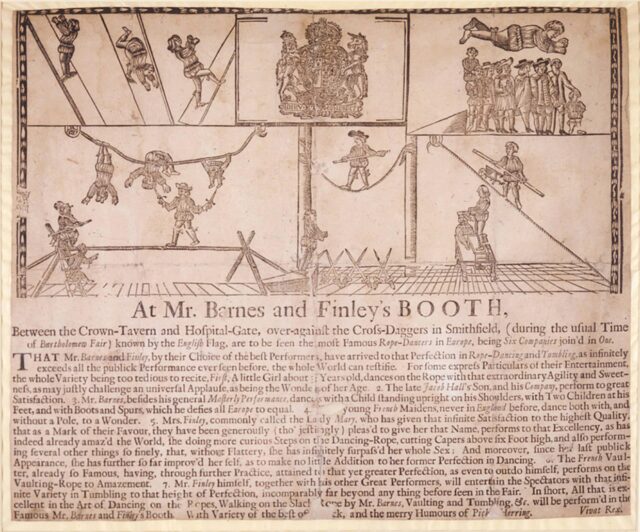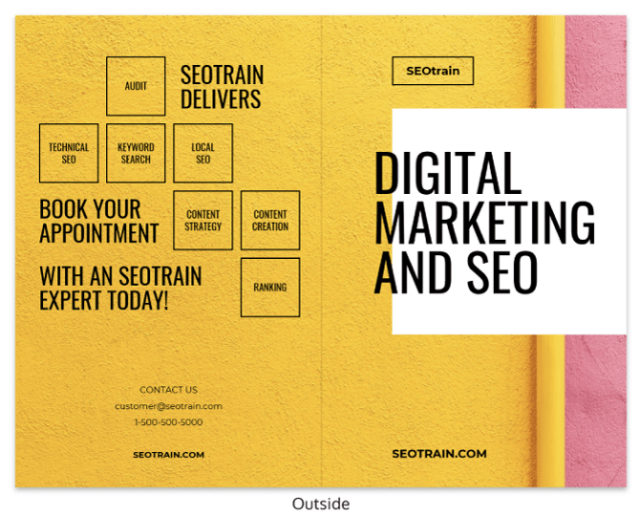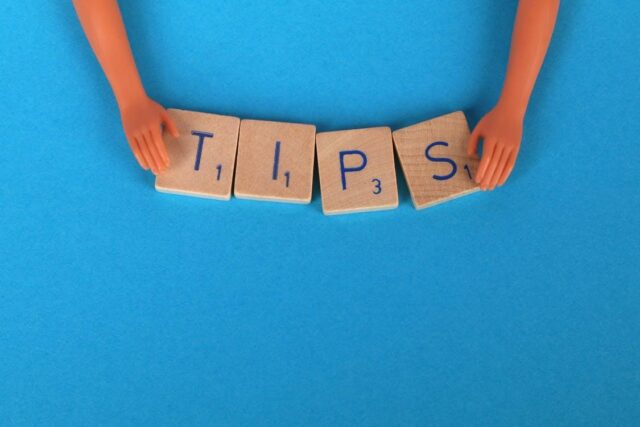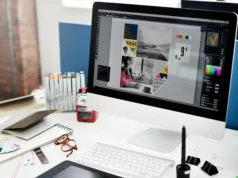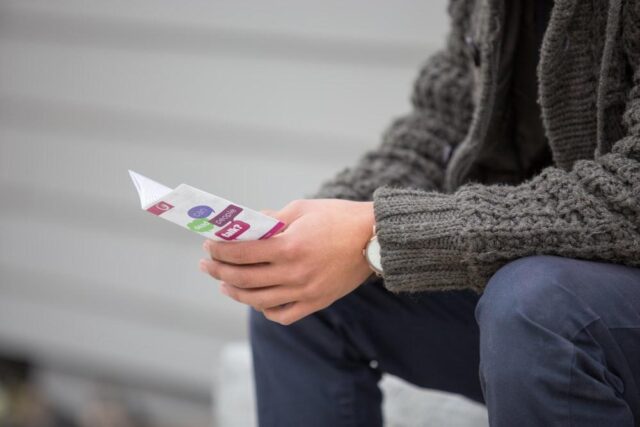
A brochure is a printed piece of paper used to describe any product or service. You may have encountered them before as they are popularly used in various industries and businesses like educational institutions, hotels, resorts and spas, airlines, and many others. A brochure can also be considered a small flyer with better quality and brochure design.
Brochures are not only paper-based but can also be online. In addition, you can find them in HTML format, which gives you the option to design the required brochures yourself.
It is good to know that designing a brochure does not need much knowledge. Even an amateur person will do just fine. However, what is essential to understand is the background of brochure design and the brochure design process. This way, you will be able to enhance all your brochures by using the right layout and designs.
Quick History of Brochure Design
Without knowledge of history, people will never understand what brochures are all about. The first-ever mention of brochures goes back to 1662 when they were used as support material in Europe. They were distributed by hand and usually contained information on religious beliefs and church events. A year later, another version of it was developed called billheads. These had handwritten messages that were used to announce the arrival of a new product or service.
Brochures As We Know it Today
A modern version of the brochure was first published in 1741 by John Warner. He printed these booklets for entertainment purposes, including music scores and maps. This way, he managed to promote his business and spread information to more people.
The first printed brochures were made in France and featured detailed maps of Paris, which were used by the government during the World Fair of 1798. The following year, another company named Rumford and Sons did a mass production and sold them for two shillings each. This was considered the first commercial brochure and had more than 50,000 copies distributed.
As time passed, different brochure design ideas were produced, and their role became increasingly important in communication. Today, so many things will motivate companies to create brochures, such as promoting a new product or service, launching an event, or simply informing people about a new business.
Brochure Designing Basics
A brochure size is usually the standard 8 1/2 x 11 inches and generally consists of three to five panels of folding pages. However, it can vary from one company or organization based on their preference and need. For example, a retail brochure design will not have the same look or layout as a medical brochure.
When it comes to how to design a brochure, you will never go wrong with the use of rich and eye-catching colors. Therefore, it is good to know that using black and white will create a dismal effect on your brochure.
The next thing you should do is identify the type of audience you are trying to target. Doing this will help you develop ideas on what information to include or exclude from your brochure and the layout that will appeal to them, i.e., bifold vs. tri-fold brochure designs. You will also have a clear picture of the kind of design you need to apply and what printing techniques to use to create a great-looking brochure.
The Role Of Brochures In Your Business
To explain what brochures are all about, an analogy would better illustrate it. A brochure is like a map to find important information that will lead you to your destination. In other words, they provide people with the data and details they need to make a decision or choose a particular product or service.
Brochures are helpful for marketing and updating people about your products, services, and company updates. In this day and age of technology, where there are so many different media types for promoting businesses, brochures still hold an important place in the business world because they do not require too much time to produce.
3 Tips To Design A Brochure That Will Sell Your Business
Now that you know what a brochure is and what it can do for your business, it is time to learn how to create a great design that will attract more people. By following these three tips below, you can create a powerful brochure that will surely sell your business:
- The first tip is to eliminate any unnecessary clutter within the layout. This means that you should avoid too many design elements and remove any unnecessary text.
- The second tip is to use a proper layout that will be easy for people to understand. A good rule of thumb when designing brochures would be the “less is more” rule. This means that putting fewer design elements will make your brochure look better and more professional.
- Lastly, you should use a dominant headline where you can summarize the benefits of your products or services. It is also advisable to have a sub-headline that will further explain these benefits for people to easily see why they should choose your products over others.
In addition to the tips mentioned above, remember to work smart, not hard. For example, why create from scratch when you can have a better brochure from pre-made templates like Venngage! You should also make sure that all the design elements used in your brochure are aligned well. This will not only improve its aesthetics, but it will also give people a better reading experience when they look at it.
When In Doubt, Keep It Simple!
In conclusion, designing a vibrant-looking but the simple brochure is always more effective than a cluttered and crowded design. This is why you should always keep it simple so that the message you want to convey will be clear and easy for people to understand.
So now that you know these essential tips on creating a great-looking brochure, what are you waiting for? Start creating one today with Venngage and watch your business boom in no time!

